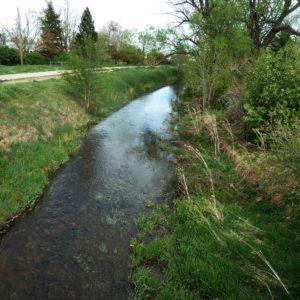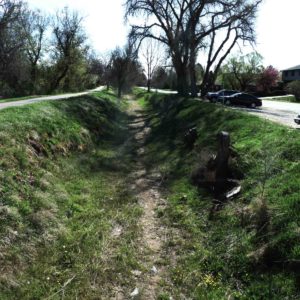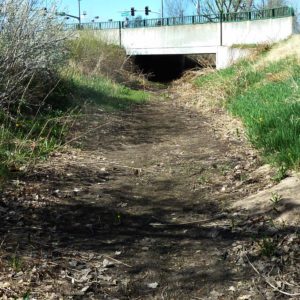Repurposing the High Line Canal for Stormwater Runoff Treatment
Developing practical solutions for repurposing the High Line Canal for collecting and treating stormwater runoff.
The Mile High Flood District selected RESPEC to prepare a one-of-a-kind feasibility study for repurposing the 66-mile-long High Line Canal to collect and treat urban stormwater runoff.
RESPEC conducted a feasibility study to confirm the practicability of the concept. The study involved characterizing watersheds, determining treatment capacity, estimating stormwater volume, assessing costs, evaluating water rights, creating a pilot project design, and identifying future steps for implementation.
The study determined the canal’s capacity to collect and treat stormwater runoff in each of the 52 new design reaches. The results showed that the canal could temporarily store up to 200 acre-feet of runoff, representing 68 percent of the total water quality capture volume of the tributary area. The canal also allowed for infiltration of an additional 1,000 acre-feet of water annually, benefiting existing vegetation and preserving recreational amenities using small control structures.




Stay in Touch